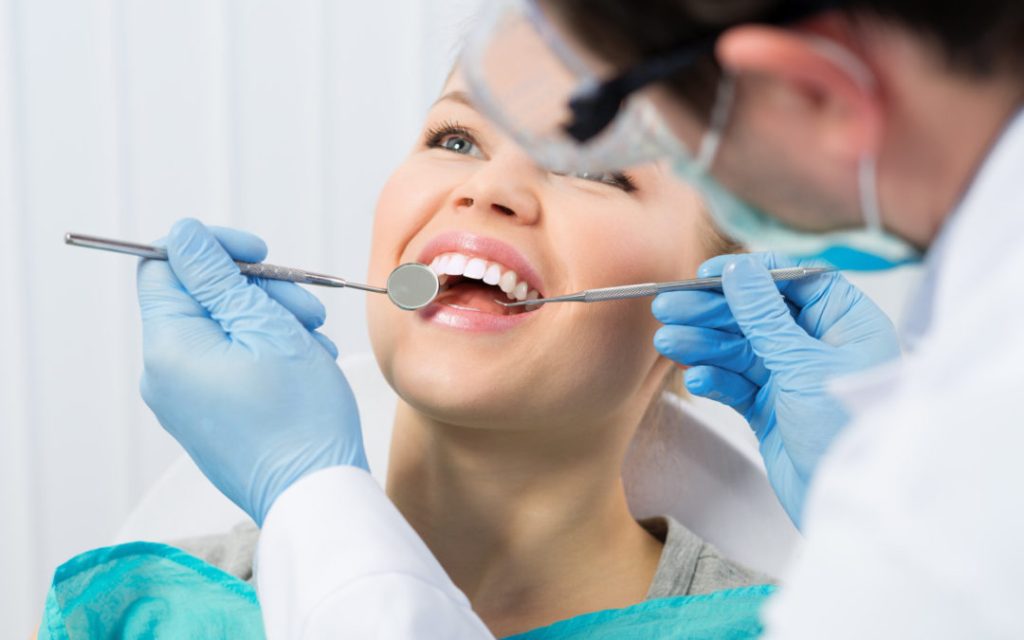Modern orthodontic dental treatment has undergone significant advancements, incorporating cutting-edge techniques that prioritize patient comfort, efficiency, and aesthetic outcomes. One notable innovation is the use of 3D imaging technology, such as cone-beam computed tomography CBCT, which provides comprehensive and detailed views of the patient’s oral structures. This allows orthodontists to create highly personalized treatment plans, considering the unique anatomy of each individual. In recent years, there has been a paradigm shift towards more discreet and aesthetically pleasing orthodontic appliances. Traditional metal braces have been largely supplemented by clear aligners, such as Envisaging. These transparent, removable trays offer a virtually invisible alternative, allowing patients to undergo orthodontic treatment with minimal impact on their daily lives. The aligners are custom-made using computer-aided design CAD technology, ensuring a precise and comfortable fit while gradually guiding teeth into their desired positions. Lingual braces represent another stride in the quest for inconspicuous orthodontic options.

Unlike traditional braces that are affixed to the front of teeth, lingual braces are placed on the inner surfaces, hidden from view. This approach maintains the effectiveness of traditional braces while addressing cosmetic concerns and click for more info https://wortleyroaddental.com/special-treatments/braces. Lingual braces are customized for each patient, providing a tailored and discreet orthodontic solution. Technological advancements extend beyond appliance design to treatment planning and monitoring. Computerized treatment planning software enables orthodontists to simulate tooth movements and predict the progression of treatment. This aids in precise planning, allowing for more efficient and effective outcomes. Additionally, the integration of artificial intelligence AI in orthodontics is becoming increasingly prevalent. AI algorithms can analyze vast amounts of patient data to assist in treatment planning, predict treatment outcomes, and optimize the overall orthodontic process. The use of temporary anchorage devices TADs has become a valuable adjunct in orthodontic treatment. TADs are mini-implants that provide additional anchorage points, enhancing the orthodontist’s ability to control tooth movement.
This innovation has expanded the scope of orthodontic possibilities, allowing for more complex cases to be treated effectively. TADs are particularly useful in situations where traditional anchorage methods may be insufficient. Accelerated orthodontic treatments have gained popularity in recent years, reducing the overall treatment time for patients. High-frequency vibration devices, such as AcceleDent, and minimally invasive procedures, like Propel Orthodontics, stimulate bone remodeling and facilitate quicker tooth movement. These methods offer a faster and more comfortable orthodontic experience, meeting the demands of patients seeking expedited results. Modern orthodontic dental treatment has evolved significantly, embracing innovative technologies and techniques that enhance the patient experience and treatment outcomes. From 3D imaging and discreet appliance options to AI integration and accelerated treatments, orthodontics continues to progress, providing patients with a diverse range of effective and aesthetically pleasing solutions. As technology continues to advance, the future holds even more promise for the field of orthodontics, ensuring that patients can achieve straighter, healthier smiles with greater convenience and efficiency.